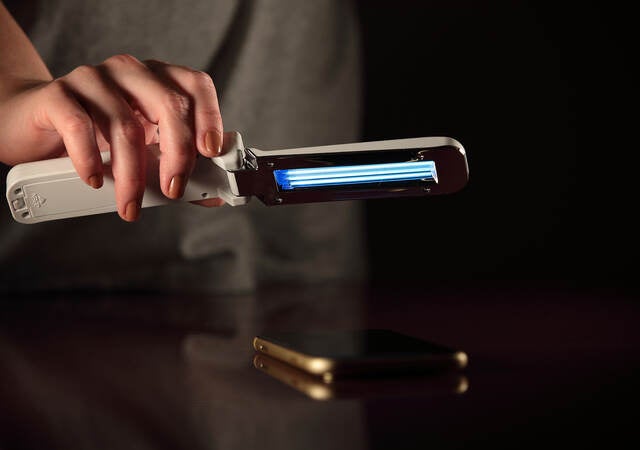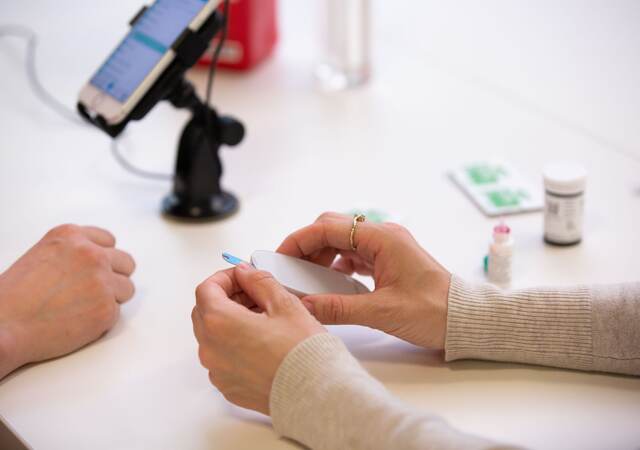March 4, 2020
Come May 26th 2020, all manufacturers aiming to market their medical devices within the European Union (EU) will be required to conform to the Medical Devices Regulation (MDR) and all harmonized standards. Emergo by UL’s Human Factors Research & Design (HFR&D) team helps our clients prepare for this date in part by ensuring they have completed a robust usability engineering process that demonstrates conformance with the new regulations. In the run-up to May 26th, our team will present a series of blogs providing information related to the usability engineering process, its requirements, and methodologies as it applies to the MDR.
In our first MDR blog, we explain what will be considered a medical device, when usability engineering is considered necessary, and who will benefit most from these discussions.
What will constitute a “Medical Device?”
The MDR defines a medical device as:
Any instrument, apparatus, appliance, software, implant, reagent, material or other article intended by the manufacturer to be used, alone or in combination, for human beings for one or more of the following specific medical purposes:
- Diagnosis, prevention, monitoring, prediction, prognosis, treatment or alleviation of disease
- Diagnosis, monitoring, treatment, alleviation of, or compensation for, an injury or disability
- Investigation, replacement or modification of the anatomy or of a physiological or pathological process or state
- Providing information by means of in vitro examination of specimens derived from the human body, including blood and tissue donations
And which does not achieve its principal intended action by pharmacological, immunological or metabolic means, in or on the human body, but which may be assisted in its function by such means.
The definition has not changed significantly since it was defined in the Medical Device Directive (MDD), the MDR’s predecessor. However, there are some devices that have been newly classified as medical devices. These include active implantable medical devices (AIMDs); accessories for cleaning, disinfection or sterilisation; and other products without an intended medical purpose (Annex XVI) such as contact lenses, body augmentation, and brain stimulation equipment.
What will trigger a requirement for usability engineering?
Another significant change between the MDD and MDR is that there will be an enhanced focus on usability engineering compliance, as demonstrated by such statements as:
“estimate and evaluate the risks associated with, and occurring during, the intended use and during reasonably foreseeable misuse.”
Manufacturers developing medical devices will be required (as a minimum) to evaluate the risks associated with intended use. The adopted usability engineering plan should be scaled or “tailored” to reflect the estimated level of risk associated with use. This can be done at the first understanding of the risk associated with use of their prospective device; this process should also be iterative, enabling information to feed into the use-related risk assessment throughout the development process.
So, how will manufacturers know what level of detail is right for their devices?
All manufacturers are required to “establish, implement, document and maintain a risk management system.” Although this is a continuous, iterative process, this does not mean that all medical devices will require an intensive usability engineering process (i.e., one that consumes many resources and requires a large volume of usability tests prior to validation). It does mean that manufacturers will need a detailed understanding of the devices’ use-related risk. Outcomes of a device’s use-related risk assessment will help to determine what extent of usability engineering will be required during the development of the device.
The usability engineering process involves mitigating use-related risk to an acceptable level, ideally eliminating it. Manufacturers should provide evidence that such risk control measures are effective via usability validation. While it is not a compulsory requirement, such efforts are generally expected when a device is either 1) going to be in the hands of lay-users, or 2) the device has use-related “hazards” or “hazardous situations” that have a potential to cause serious harm.
What standards should I follow for usability?
The MDR specifies that conformity with standards that are published in the ‘Official Journal of the European Union’ will provide evidence of conformity with the requirements of the MDR. IEC 62366:2007 was harmonised to the Medical Device Directive (MDD), which means performing usability engineering has been recognised as one of the processes used to manage risk.
Meanwhile, in the EU, there is an on-going effort to harmonise the most recent usability engineering standard, IEC 62366-1:2015. While the standard is not yet harmonised, the MDR states that manufacturers should take in to account the “generally acknowledged state of the art,” suggesting that IEC 62366-1:2015, and the accompanying Technical Report (IEC TR 62366-2:2016), should be utilised. To that end, in this blog series we will refer to IEC 62366 parts 1 and 2 in order to reference the most ‘state of the art’ terminology techniques and practices.
Who will this apply to?
Per the MDR (Article 1, point 1), this regulation applies to anyone in the industry “placing on the market, making available on the market or putting into service of medical devices for human use and accessories for such devices in the [European] Union.”
Is this series for me?
Anyone working to develop medical devices, combination products, and platform devices will benefit from the insights this blog series will present. That being said, any and all with an interest in human factors engineering is invited to join us for this informative look at the new MDR!
Emergo by UL HFR&D team employs usability engineering methods to conform to the relevant general requirements of the MDR. This is regardless of whether we are conducting usability testing for our clients in the USA (and complying with the Food & Drug Administration’s “Applying Human Factors and Usability Engineering to Medical Devices”) or for our clients in the EU whilst complying with IEC 62366. The MDR gives us and all HF practitioners the opportunity to work more closely with manufacturers to verify the methods used comply with EU Regulation.
Natalie Shortt is Senior Human Factors Specialist at Emergo by UL’s Human Factors Research & Design division.
Related MDR and human factors engineering resources:
- Human factors design and prototype development support
Request information from our specialists
Thanks for your interest in our products and services. Let's collect some information so we can connect you with the right person.









